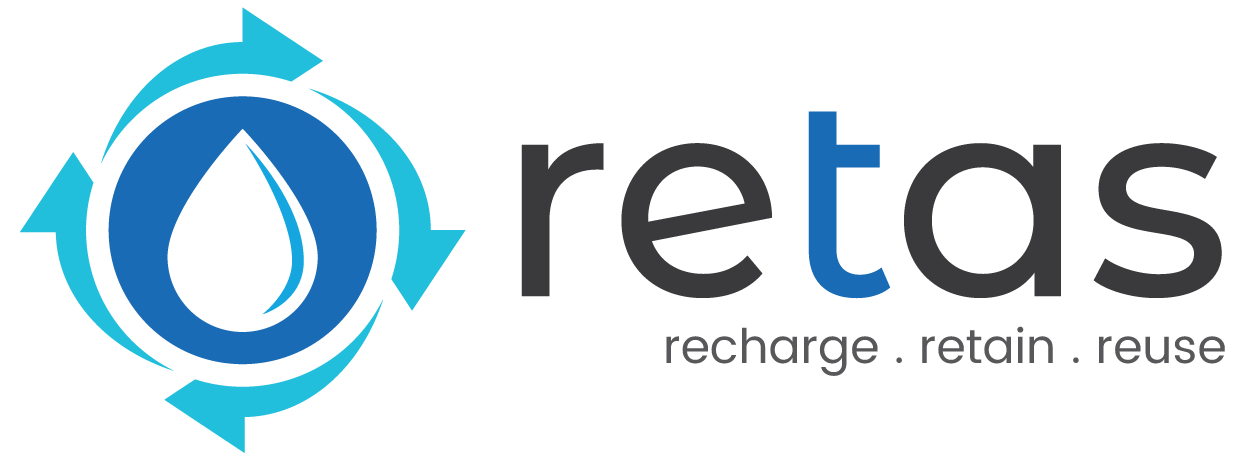Innovative Approaches For Rainwater Harvesting In High-Rise Buildings And Urban Areas
Rainwater harvesting is becoming increasingly important in urban areas where water scarcity is a growing concern. RETAS, which stands for Innovative Rainwater harvesting, modular rainwater harvesting and other sustainable water management practices, are crucial to combat this issue. While rainwater harvesting systems are commonly installed in low-rise buildings, implementing them in high-rise buildings and urban areas presents a unique set of challenges. However, with innovative approaches, RETAS in high-rise buildings and urban areas is not only feasible but also highly effective. In this blog post, we'll explore some innovative approaches to RETAS in high-rise buildings and urban areas, including modular systems, hybrid systems, permeable pavements, rain gardens, and education and outreach programs. By implementing these RETAS approaches, we can reduce our dependence on potable water and minimize the environmental impact on our buildings and communities.
Innovative Approaches To Rainwater Harvesting
- Modular Systems: One of the most innovative approaches to innovative rainwater harvesting in high-rise buildings is the use of modular systems. Modular systems are easy to install and can be customized to meet the specific needs of a building. They can be installed on rooftops, balconies, or terraces, and can collect rainwater from multiple sources, including roofs, pavements, and open spaces. Modular systems can also be integrated with green roofs, which can help to reduce the amount of rainwater runoff and improve the energy efficiency of the building.
- Hybrid Systems: Another innovative approach to rainwater harvesting in high-rise buildings is the use of hybrid systems. Hybrid systems combine rainwater harvesting with other water management practices, such as greywater recycling and groundwater recharge. By integrating multiple water management practices, hybrid systems can reduce the demand for potable water and minimize the environmental impact of the building.
- Permeable Pavements: Permeable pavements are another approach to rainwater harvesting in high- rise buildings and urban areas. These pavements allow rainwater to seep through the pavement and recharge the groundwater. They can also reduce the amount of rainwater runoff and improve the overall water quality of the area.
- Rain Gardens: Rain gardens are designed to capture and store rainwater, which can then be used for irrigation or other non-potable purposes. They can be installed in public spaces, such as parks and plazas, or on private property, such as rooftops and balconies.
- Education and Outreach Programs: To make rainwater harvesting more effective in high-rise buildings and urban areas, it is also important to raise awareness among the public. Education and outreach programs can help to increase public awareness about the benefits of rainwater harvesting and encourage more people to implement it in their homes and communities.
Conclusion
Innovative approaches for rainwater harvesting in high-rise buildings and urban areas are essential for sustainable water management. RETAS, including rainwater harvesting and other sustainable water management practices, can help to alleviate the growing concerns of water scarcity in urban areas. By implementing innovative approaches we can reduce our reliance on potable water and minimize the environmental impact on our buildings and communities. These solutions not only provide a more sustainable source of water but also help to reduce the strain on existing water resources. It is imperative that we continue to explore and implement innovative approaches to RETAS in high-rise buildings and urban areas for a more sustainable future.



